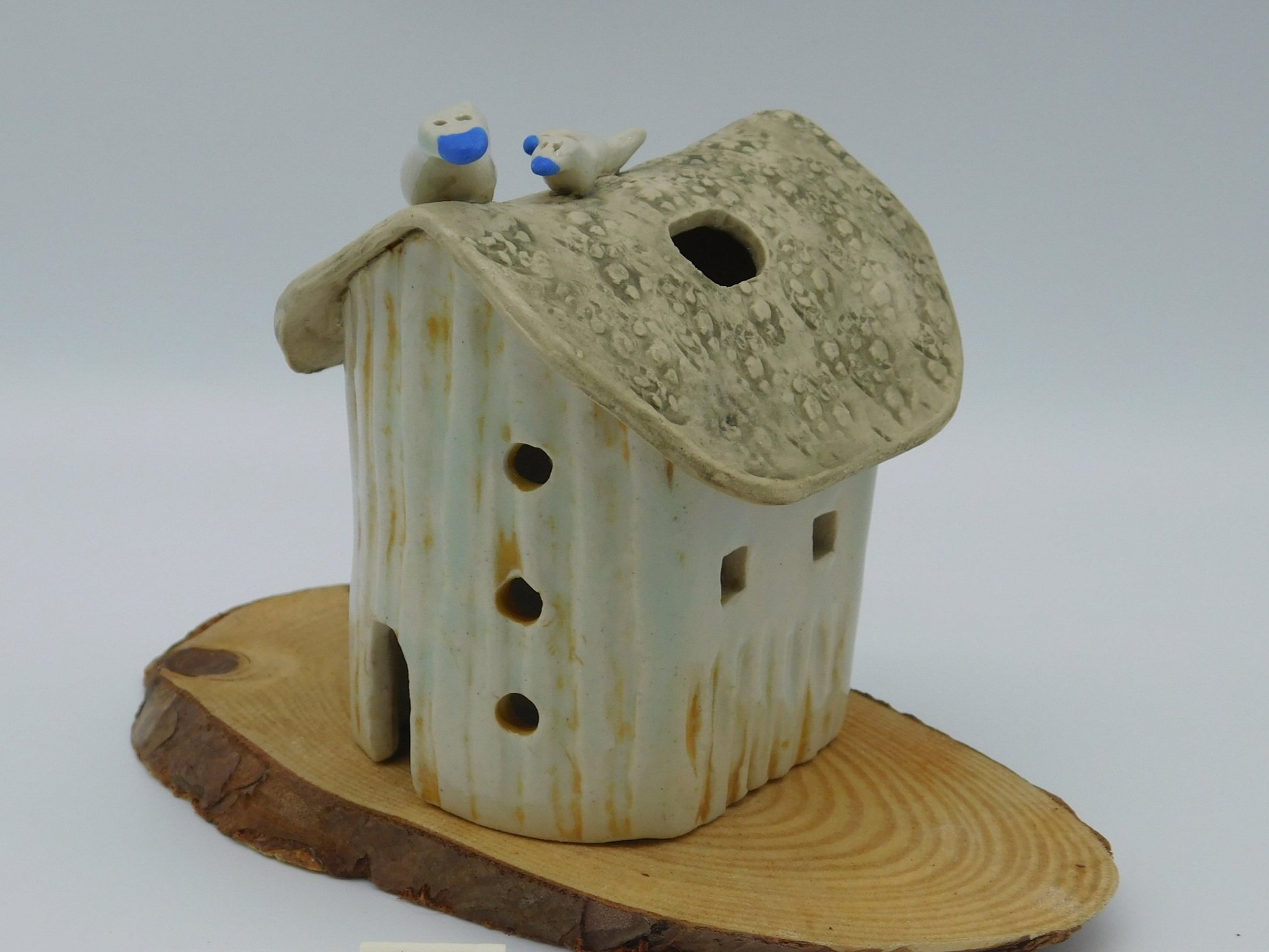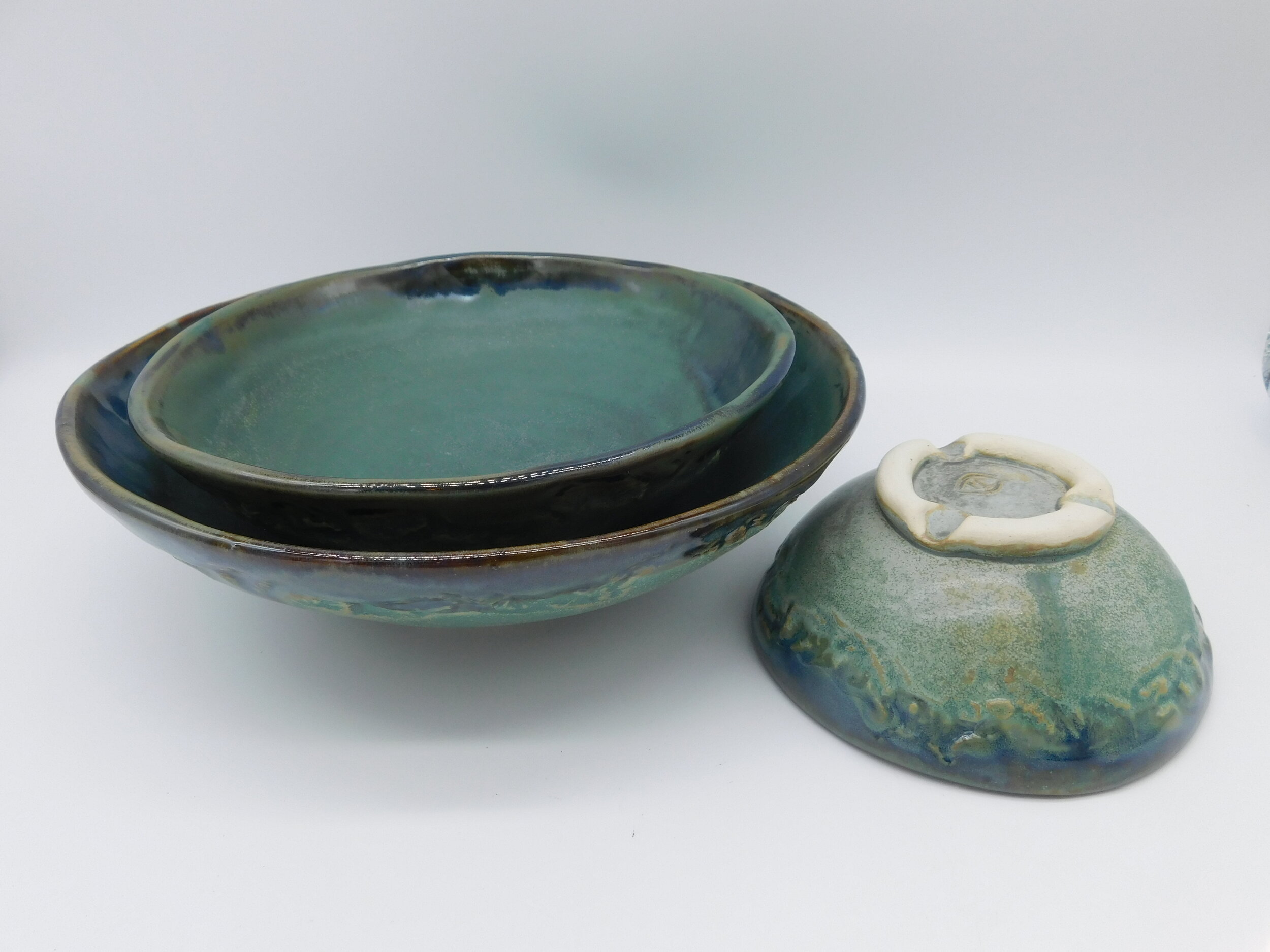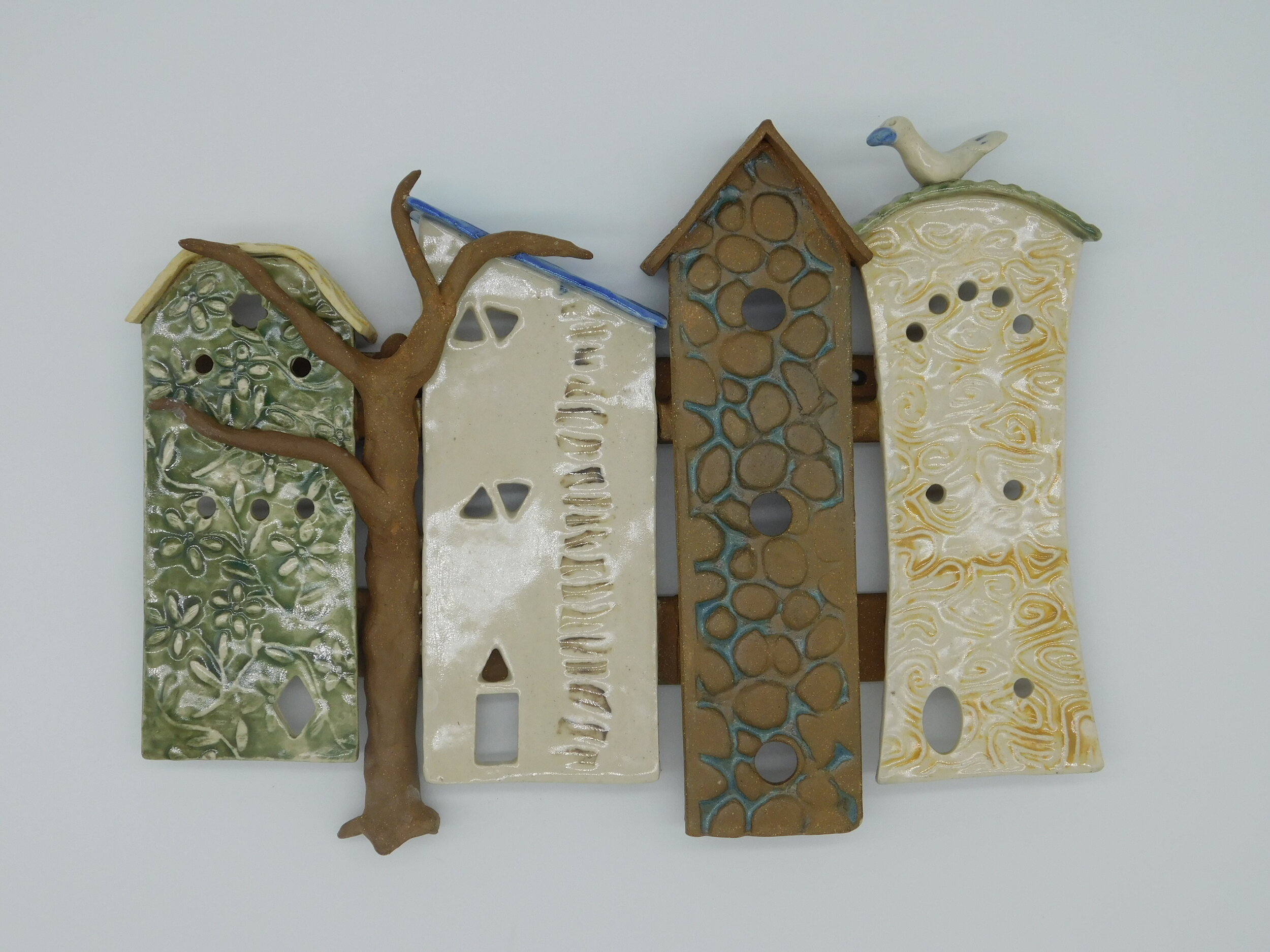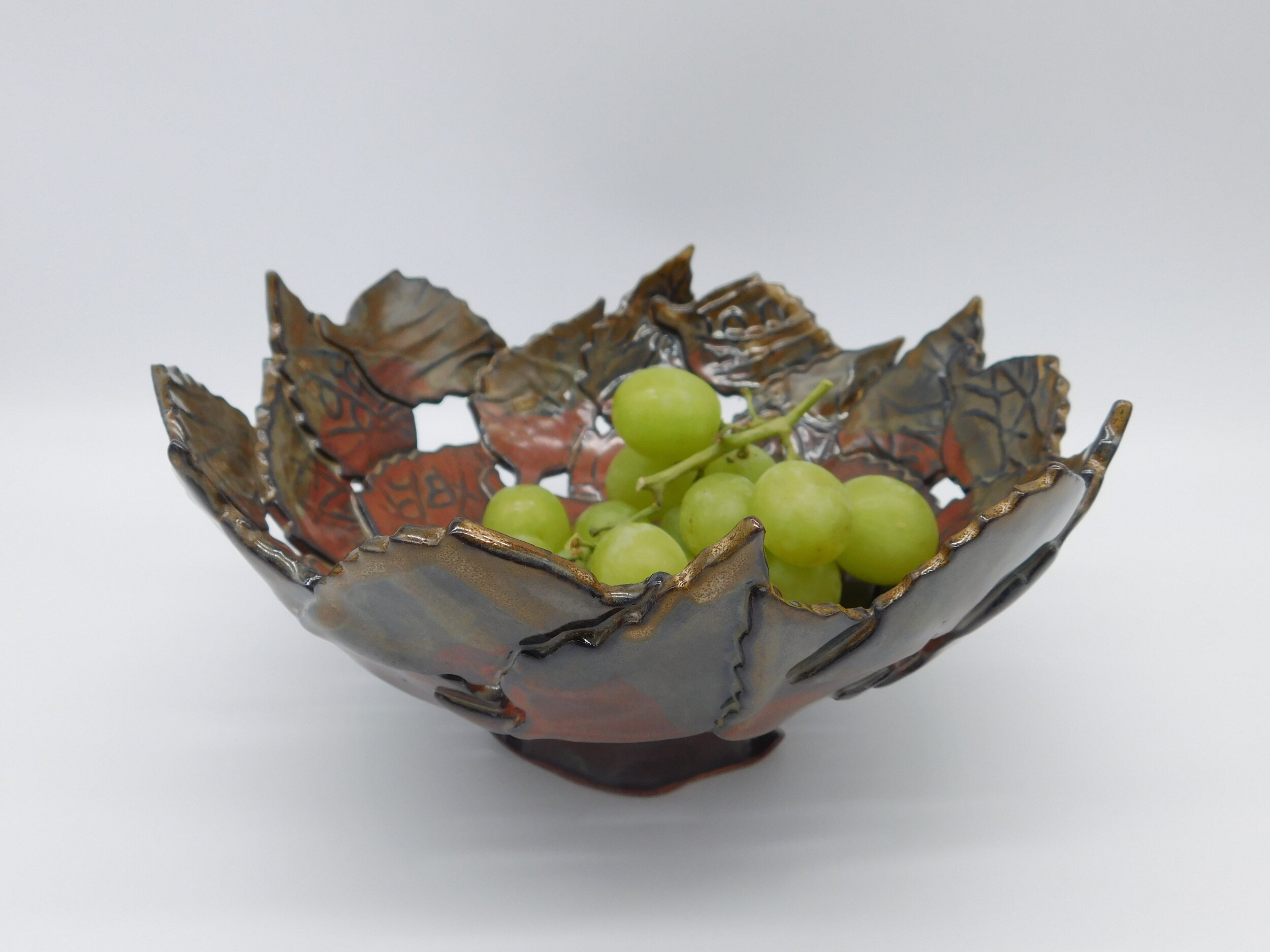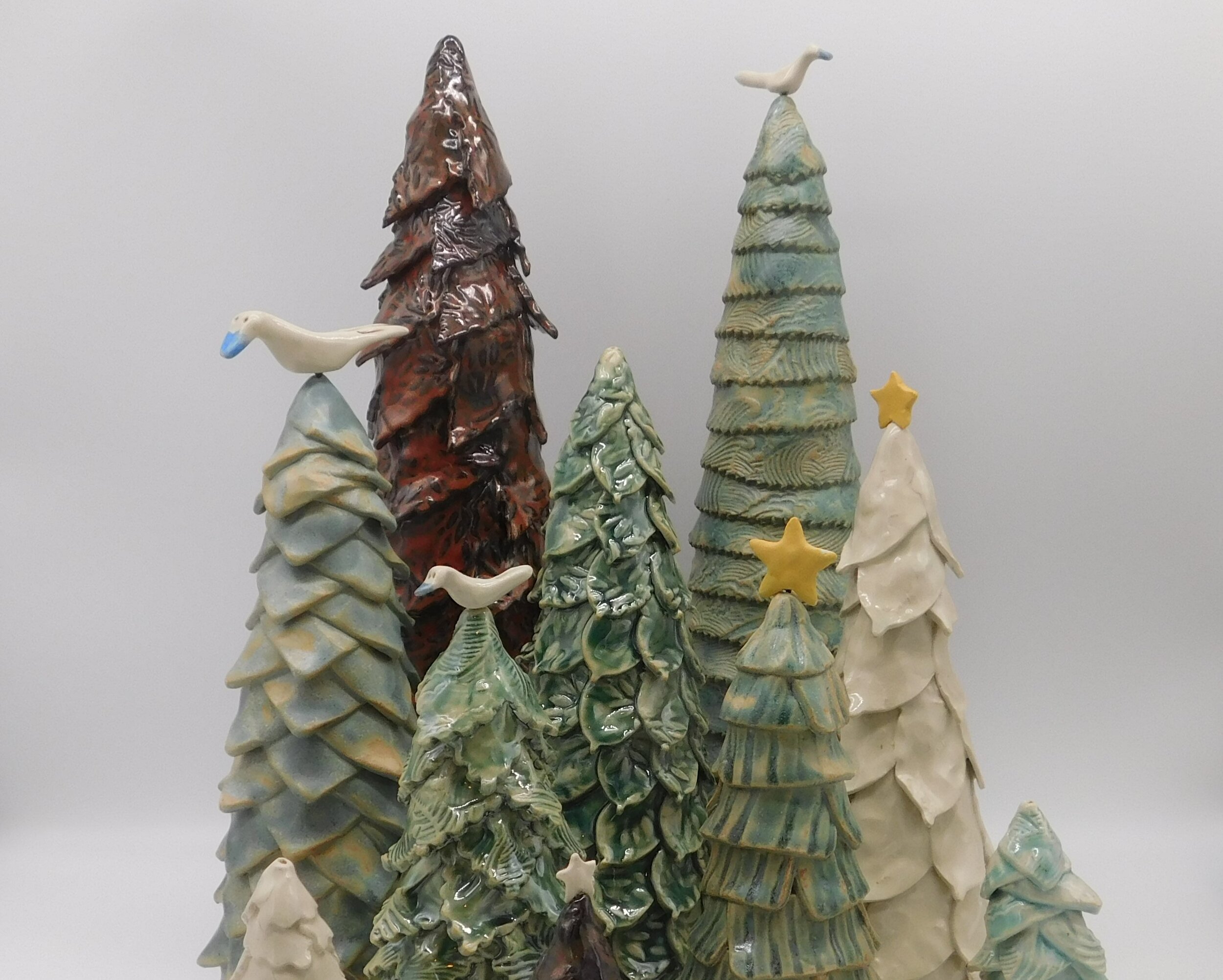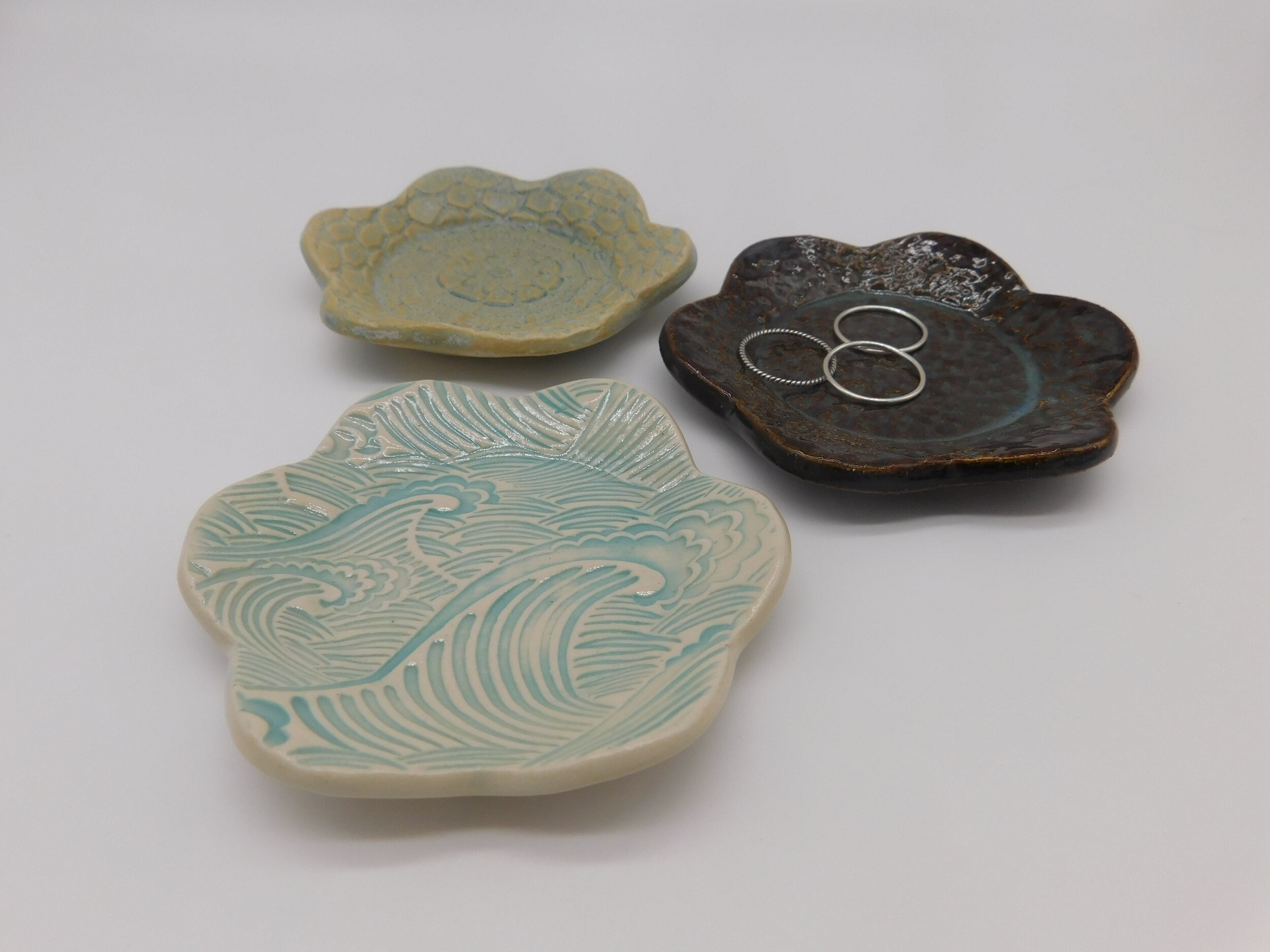The Quest for Imperfection
I used to be proud to list ‘Perfectionist’ as one of my positive qualities. I also used to say, “Yes!”, to every volunteer opportunity that came my way. Getting divorced with two young children taught me the acceptance of the term, ‘Good enough.’ I learned that things in everyday life did not need to perfect. It was acceptable to say, “No”, when asked to take on yet another responsibility. The quest for perfection became unnecessary and stress inducing.
Around the same time, I migrated from throwing on the wheel to hand building in my clay life. While raising two children as a single mom, I was forced to steal moments of time to escape into my garage studio. In pottery, hand building requires less of a time commitment each day than throwing and trimming demand. This fit much better into my life, which left only a couple hours here and there, when the demands of parenting subsided. Hand building allowed me the control to create a small piece from start to finish and then be able to walk away, with minimal clean up at a later date.
The quest in throwing on the wheel is the perfect round. When a potter can properly center the clay on the wheel head, then expertly pull that clay into the form of a vessel, a bowl or a platter, the goal is evenness, centered and circular. Potters will alter a piece, but only after they have achieved the perfection of the round. I now associate this process of achieving perfection as a struggle that I had in marriage and parenting. The quest for perfection, when chaos ensues around you, is absolutely unattainable. Thus, the quest for perfection is really a stress inducing quest for control.
Hand building took away the stress associated with achieving perfection. By learning to manage the natural drying stages of clay, I could create a piece from a slab, allowing for imperfections. In fact, I learned to celebrate those imperfections. In pottery, there are many stages of creation, each one allowing for failure. After creation, a piece is fired to bisque. Then the piece is glazed and fired to a higher temperature, when it is considered complete. Glazes are somewhat predictable through testing and experience. Glazes are unpredictable, depending on thickness, design of a piece and the firing process. In firing, the kiln is in charge. Potters often pray to the Kiln God, as there is a control that is given up to chance. Variables that can affect the piece include where in the kiln the piece is situated, how long the kiln stays at temperature, what other pieces are nearby in the kiln and how the air is allowed to flow through the kiln. It is during the last firing, when the magic of the heat work affects the way a piece warps, where the Kiln God creates the surprises in the final glaze effects.
I have found that creating from a slab of clay, in my stolen moments, allows me to appreciate the imperfections that occur through the natural drying stages of clay. After using my knowledge and experience to choose a glaze combination and decorative technique, I learned to give up control to the Kiln God, and to celebrate the imperfections that came from the firing. In divorce, my ultimate goal was to establish peace in my life and in my family’s life. In hand building, I found that peace in the quest and allowance for imperfection.
